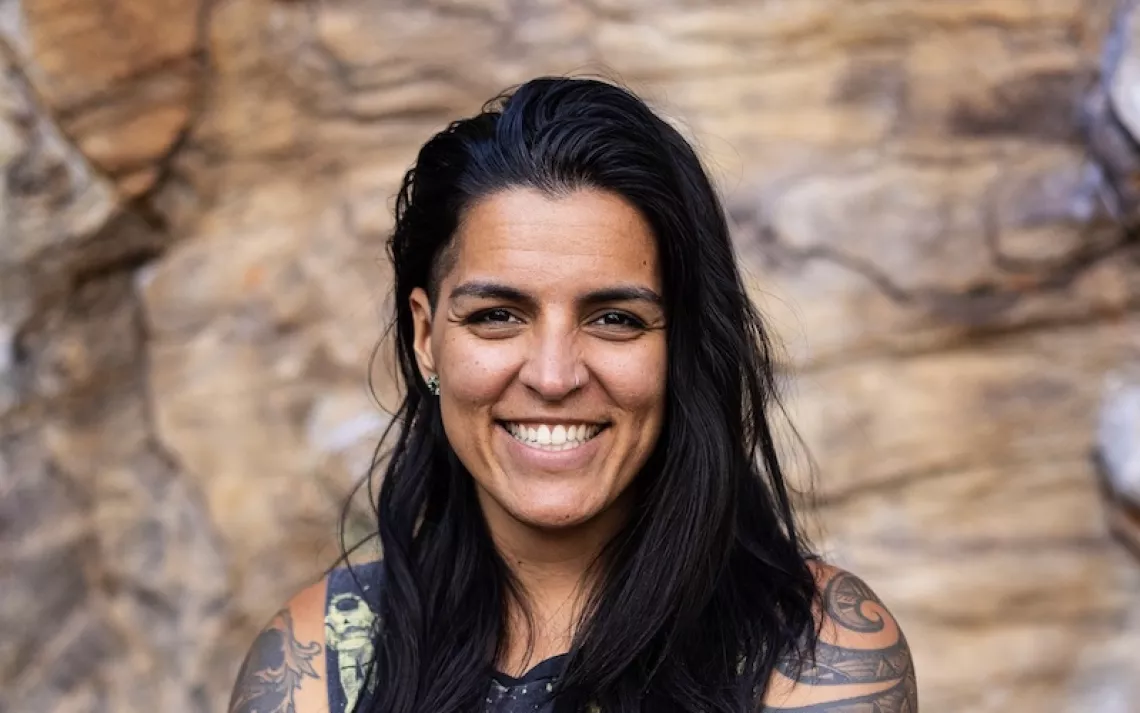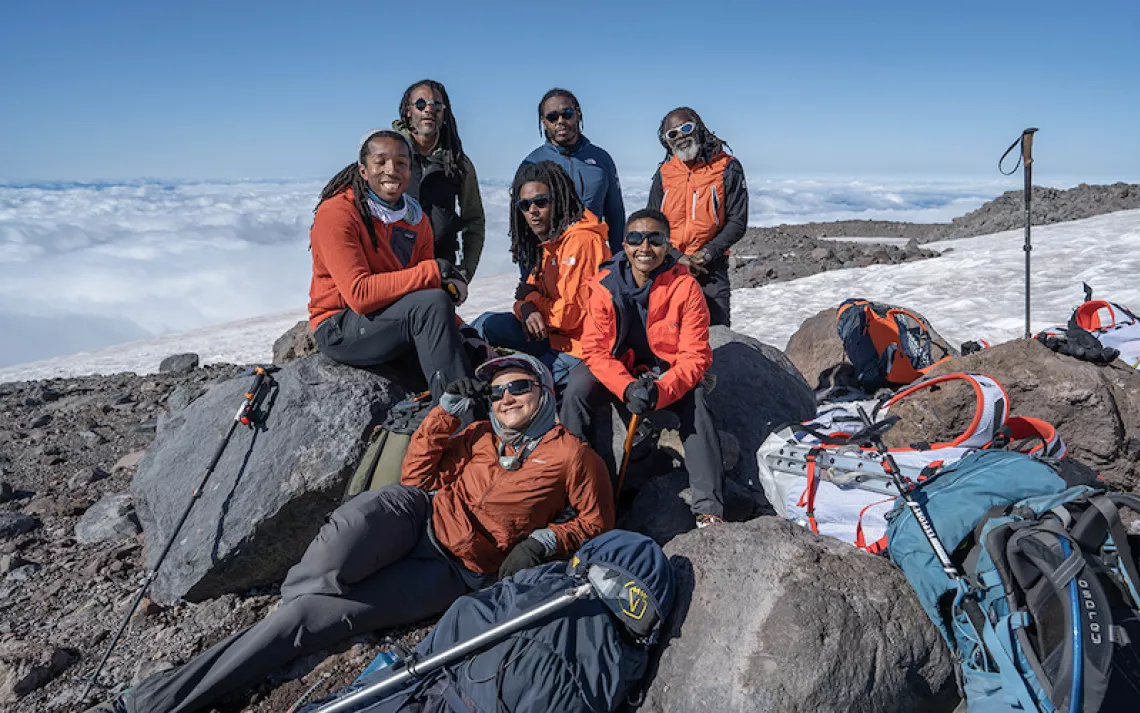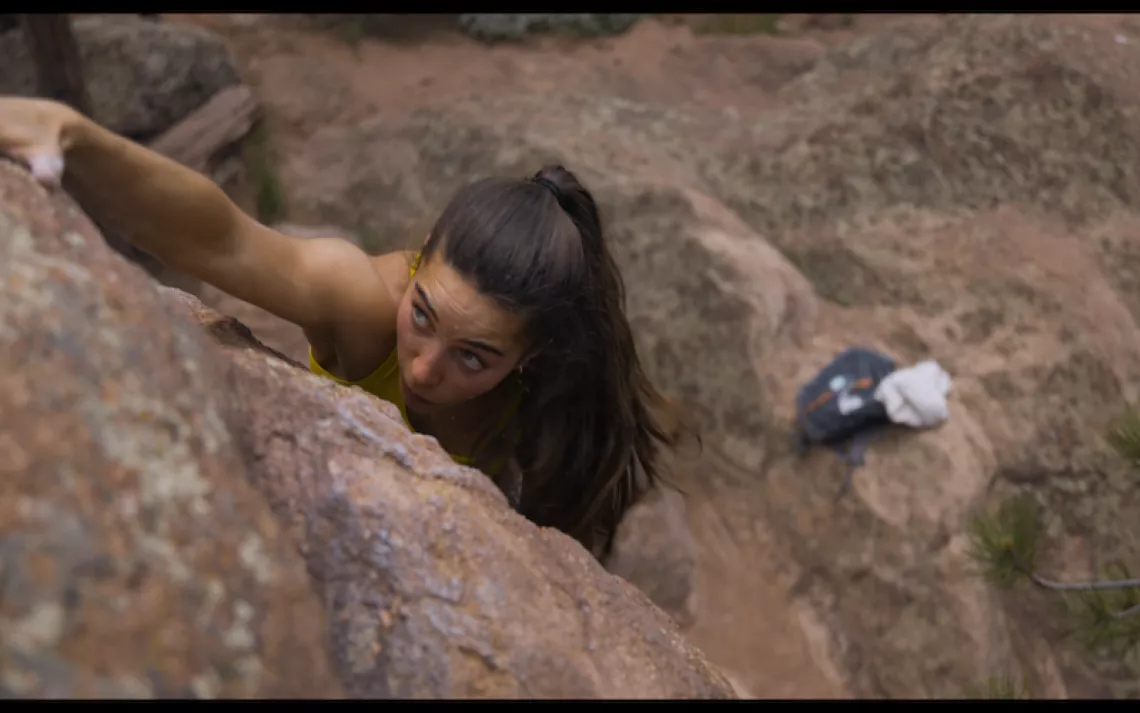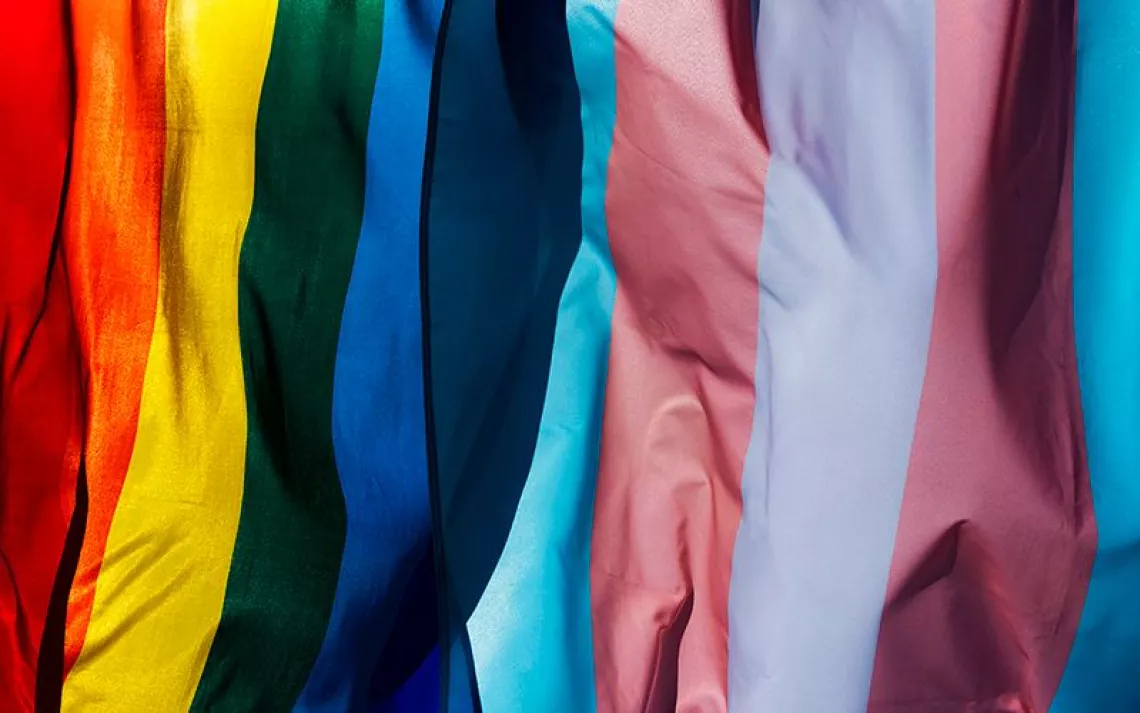First-Time Summit Builds Community for Climbers of Color
How the Color the Crag Festival made space for everyone—on and off the rocks
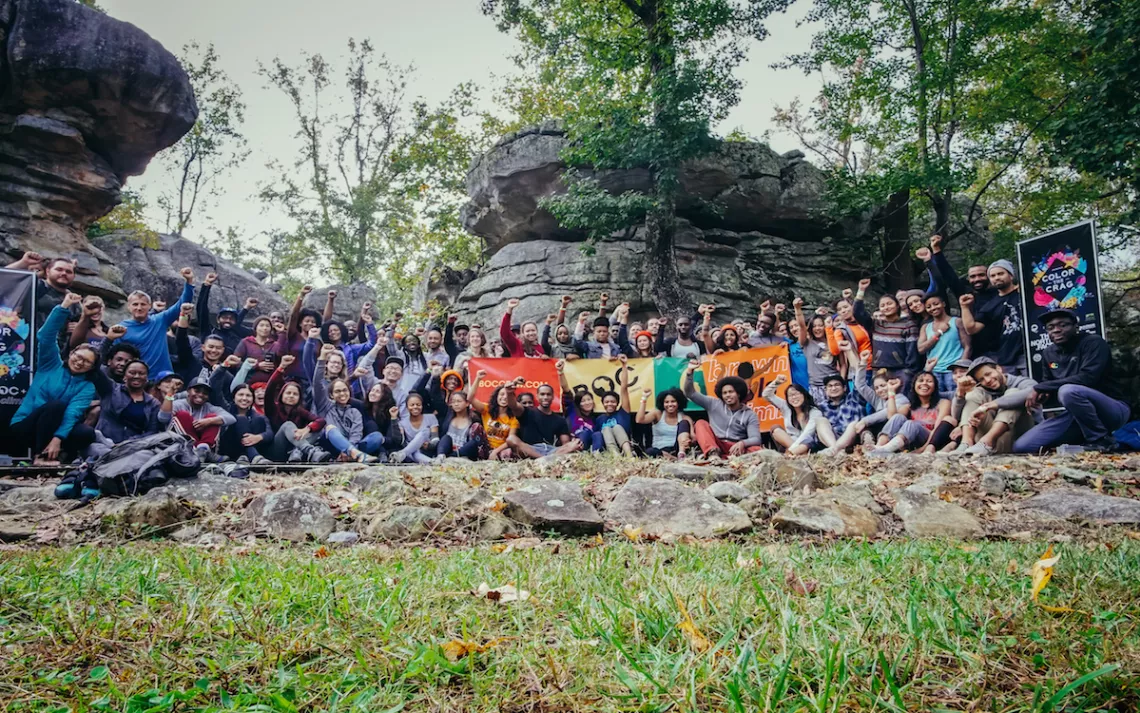
Photo courtesy of Adventure Visionaries
Last month, 120 climbers descended on Horse Pens 40 in Steele, Alabama, for the first-ever large-scale celebration of diversity in climbing: the Color the Crag Festival. The event was the brainchild of two meet-up groups, Brothers of Climbing and Brown Girls Climb, both of which aim to encourage and support underrepresented adventurers in the climbing world.
“The misconception is that people of color don’t climb and they’re not in the outdoors,” but that’s not true, says Mikhail Martin, cofounder of Brothers of Climbing. He points out that the U.S. rock-climbing community is mostly white—meaning many climbers often feel like they’re the only black, brown, or Asian person on the rocks. “We are out there, and it’s kind of hard to feel that until you all come together.”
Brothers of Climbing and Brown Girls Climb established adventure communities in Brooklyn, New York, and Washington, D.C., but what they didn’t have was the sense of being connected to a larger community. So, they created Color the Crag as an opportunity for people to see that a supportive community really does exist. Most of those attendees who knew one another beforehand, Martin says, had only been connected online, mostly through the two groups’ Instagram feeds. “I think everyone had that ‘aha’ moment when they looked to the left and looked to the right and saw someone who was like them climbing. And if they had any doubt that they didn’t belong in the outdoors, that all went out the window.”
The festival welcomed everyone—not just climbers of color—and attracted seasoned adventurers as well as newbies. Beyond climbing, the event included clinics, workshops, and panel discussions. The organizers staffed the festival with people of color—from the event photographer to the yoga instructor. Martin says the festival felt like a family reunion—like reuniting with long-lost cousins. “You don’t know everyone personally, but you just feel connected in some way.”
Color the Crag not only helped to build momentum within the larger climbing community, but also encouraged more local groups. Take attendee Summer Winston, who afterward with a friend launched a new community in the San Francisco Bay Area, the Brown Ascenders. “We got a chance to climb and commune in an environment where we could just be—no code-switching, no second-guessing ourselves. It was beautiful,” Winston says. “Coming from the West Coast, diversity is plenty, yet we can still walk into the gym and be the only black people in the room. [The event] made us want to take a little bit of Color the Crag home.”
One theme throughout the festival was creating and keeping space—and how that notion extends beyond climbing spaces. Going to a rural Southern town gave some people pause at first, says Bethany Lebewitz, founder of Brown Girls Climb. “You have a race-related festival and you’re going to this very white, Confederate-feeling town. Naturally, there was some hesitation there,” she explains. But the attendees, the park hosts, and the other climbers outside of the festival, Lebewitz says, were supportive of one another. “Having a large group of people of color there, when that’s not the norm, was great for people at that park, and for us. [It showed] it’s OK for us to be there.”
Martin adds, “Just us venturing out into neighborhoods we wouldn’t usually go to can have a positive effect. Most issues come from misunderstandings and miseducation on all ends.” He explains that while people of color certainly aren’t new to outdoor events, they typically don’t attend in large numbers. “One big thing that holds us back from being in the outdoors is that we don’t really have the leadership in [that space] that other people have. We don’t have the athletes that get the spotlight,” he says. “Now that we’ve come together, we’ve proven to each other that we do have a voice, and we can make that change.”
Martin notes that Color the Crag not only made the community more visible and accessible for attendees, but it also encouraged many—such as the first-time climbers and campers it drew—to get outdoors more in general. “Being able to see, in person, how diversity can influence a space was really awesome, because it lends credit to the theory that different perspectives can lead to innovation,” Lebewitz says. “Addressing diversity and inclusive practices is a beneficial thing for climbing because we really could continue to explore the world in a new way, expand our view on sustainable practices, and learn to take care of one another with more care and respect than we have previously.”
The importance of having a supportive community, using one’s voice, and appreciating differences came up repeatedly. “We want to climb,” Lebewitz says. “We also want to exist as we are, and sometimes that means talking about uncomfortable things.” This is especially true, she says, in the current political climate, “when you can name your cultural background, and there’s often something going on that could be affecting your family,” referring to proposed legislation and judicial rulings. “You don’t change into a climber just because you go climbing. You’re a climber and you’re an immigrant. Or you’re a climber and you’re a daughter of an immigrant. You have these coexisting identities.”
Martin says festival attendees are already clamoring for more, and so the groups expect to host another Color the Crag next year. The festival showed that “if there’s something that you want to see different, you have to go out and do it,” he says. “No one’s just going to give it to you, and no one can just give it to you. A lot of people complain that they’re the only ones at a climbing event, but nobody has invited everyone else to come out. This is the first time we invited everyone to come out. People have been waiting for this.”
 The Magazine of The Sierra Club
The Magazine of The Sierra Club
